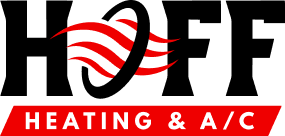Do I Have Carbon Monoxide Poisoning?
Carbon monoxide (CO) is a colorless and odorless gas that is a by-product of incomplete combustion of carbon-containing materials. It originates from such sources as gas-fired appliances, wood stoves, and blocked chimneys. Its unnoticeable characteristics are risky, making the comprehension of its sources and indoor air quality relevant. HVAC services are helpful in CO detection and elimination. Regular inspections and maintenance guarantee that heating systems and appliances work well, reducing CO accumulation risk. We also recommend carbon monoxide detectors, which are an important safety measure against this invisible danger. What Is Carbon Monoxide Poisoning? Carbon monoxide poisoning is a serious problem caused by breathing CO gas. This poisonous gas binds with the hemoglobin in the blood, forming carboxyhemoglobin and reducing the amount of oxygen delivered to the body’s organs and tissues. With an increased CO in the blood, oxygen transport decreases, resulting in tissue damage and possibly fatal consequences. The cunning nature of CO poisoning is its silent progress that someone may initially miss until symptoms escalate. CO emissions mainly come from malfunctioning or incorrectly used fuel-burning appliances like furnaces, water heaters, and room heaters. Other common sources are blocked chimneys, exhausts from attached garages, and gasoline generators working too...
View Article Read More
 Call Us Today
Call Us Today
